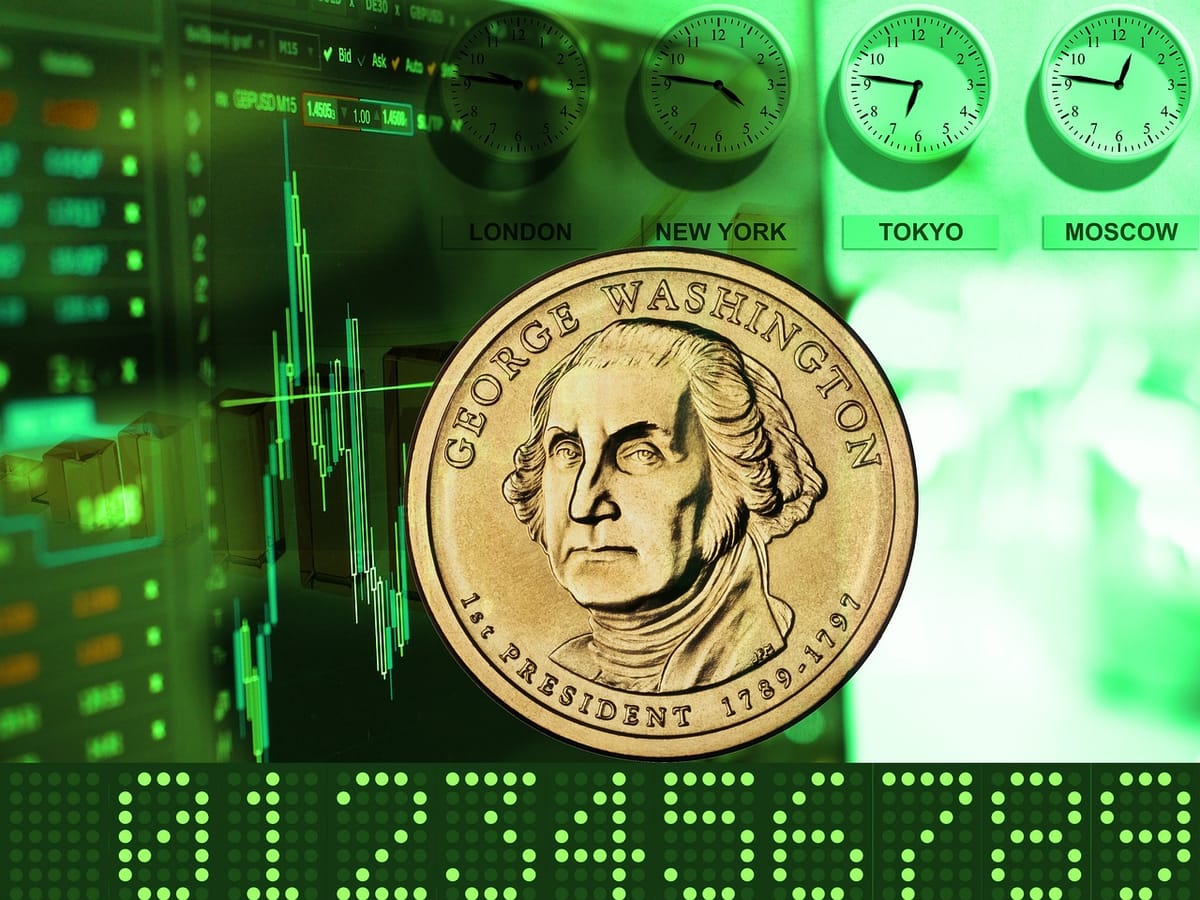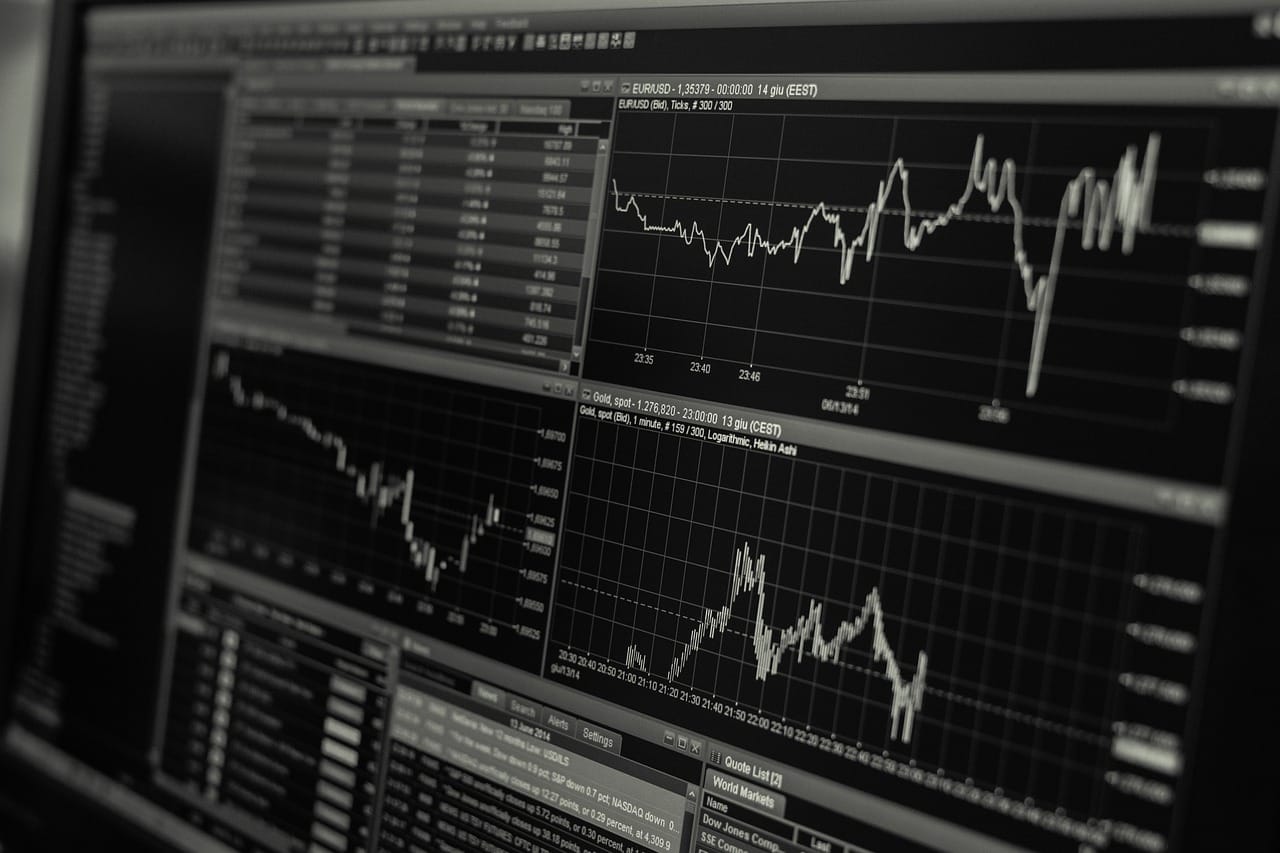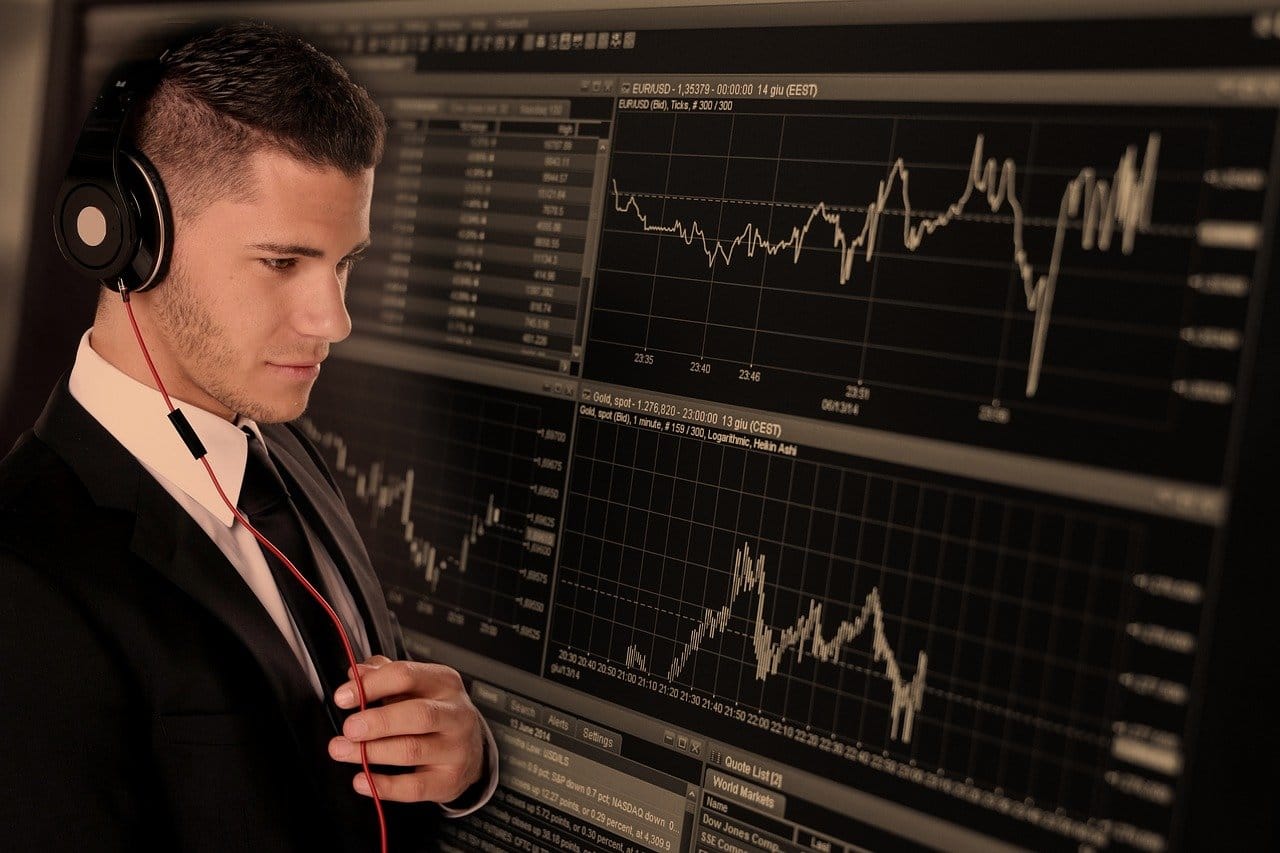Mastering Forex Trading: A Guide to Choosing the Best Platforms and Tools
Master the art of forex trading with a guide on choosing the best platforms and tools. Explore insights, platform features, and tools to enhance your forex trading experience.

Understanding Forex Trading
As I delved into the world of forex trading, I quickly realized that understanding the fundamentals is crucial for success. Forex, short for foreign exchange, is the global marketplace for buying and selling currencies. It is the largest and most liquid market in the world, with an average daily trading volume exceeding $5 trillion. The primary players in this market are international banks, financial institutions, corporations, governments, and individual traders like you and me.
One of the key concepts to grasp when it comes to forex trading is the exchange rate. This rate determines the value of one currency relative to another. For example, if the EUR/USD exchange rate is 1.20, it means that 1 euro is equivalent to 1.20 US dollars. Understanding how exchange rates fluctuate and the factors that influence them is essential for making informed trading decisions.
I found that staying updated on global economic and political developments is crucial in forex trading. Economic indicators, geopolitical events, and central bank policies can significantly impact currency values. For instance, positive economic data such as an increase in employment or GDP growth can strengthen a country's currency, while political instability or trade tensions can lead to currency depreciation.

Benefits of Forex Trading
The benefits of forex trading are numerous, and I was drawn to this market for several reasons. One of the primary advantages is the high liquidity of the forex market. This means that I can enter and exit trades with ease, as there is always a buyer and seller for any currency. The 24-hour nature of the forex market also appealed to me, as it allows for flexible trading hours, catering to different time zones and schedules.
Another benefit that I found particularly attractive is the potential for profit in both rising and falling markets. Unlike traditional stock trading, where you can only profit if the stock price increases, in forex trading, you can take advantage of both upward and downward price movements. This is possible due to the nature of currency pairs, where one currency is bought and the other is sold simultaneously.
Risk management is another aspect that I value in forex trading. With the availability of tools such as stop-loss orders and limit orders, I can effectively manage my risk and protect my trading capital. Additionally, the leverage offered in forex trading allows me to control a large position with a relatively small amount of capital, amplifying potential profits. However, it's important to approach leverage with caution, as it also increases the potential for losses.
Essential Tools for Forex Trading
In my journey to master forex trading, I realized the importance of utilizing the essential tools available to traders. One of the fundamental tools is a reliable trading platform. This software serves as the gateway to the forex market, providing access to price quotes, charts, technical indicators, and order execution. I found that a user-friendly and intuitive platform can greatly enhance the trading experience, allowing for efficient analysis and trade management.
Charting tools are indispensable for conducting technical analysis in forex trading. These tools enable me to visualize price movements, identify trends, and spot potential trade setups. I rely on various types of charts, such as line charts, bar charts, and candlestick charts, to analyze historical price data and make informed trading decisions. Additionally, technical indicators like moving averages, RSI, and MACD are valuable for gauging market momentum and identifying entry and exit points.
Risk management tools play a critical role in preserving capital and minimizing losses. Position sizing calculators help me determine the appropriate position size based on my risk tolerance and the distance to my stop-loss level. This ensures that I am not risking more than I can afford to lose on any given trade. Moreover, trade journals and performance analytics tools allow me to review my trades, identify patterns, and continuously improve my trading strategy.
Choosing the Best Forex Trading Platforms
Selecting the best forex trading platform is a pivotal decision for any trader. With a myriad of options available, I carefully evaluated several factors to determine the most suitable platform for my trading needs. First and foremost, I prioritized reliability and security. A reputable platform should offer robust security measures to safeguard my personal and financial information, as well as ensure the integrity of my trades.
Another crucial consideration for me was the range of tradable instruments offered by the platform. While forex pairs are the primary focus, I also sought platforms that provide access to other markets such as commodities, indices, and cryptocurrencies. Diversifying my trading portfolio across multiple asset classes allows for greater flexibility and the potential for additional trading opportunities.
In addition to asset variety, I looked for platforms that offer advanced charting and analysis tools. The ability to conduct in-depth technical analysis directly on the platform is invaluable for my trading strategy. Furthermore, I prioritized platforms with seamless order execution, minimal slippage, and competitive spreads. Effective order management is essential for entering and exiting trades at the desired price points.
Forex Trading Strategies
In my pursuit of mastering forex trading, I dedicated significant time to studying and developing various trading strategies. I discovered that there is a wide array of strategies employed by forex traders, each catering to different market conditions and trading styles. One common strategy is trend following, where I aim to capitalize on sustained price movements in the direction of the prevailing trend. This strategy involves identifying established trends and entering trades in the direction of the trend.

Counter-trend trading is another strategy that I explored, which involves identifying potential reversals in the market and trading against the prevailing trend. This approach requires keen observation of key support and resistance levels, as well as the use of technical indicators to gauge potential trend exhaustion. While counter-trend trading carries higher risk, it can yield rewarding opportunities when executed with precision.
I also delved into range trading, a strategy suited for sideways or ranging markets. This approach involves identifying price boundaries and executing trades at the support and resistance levels within the range. Range trading requires a disciplined approach and the ability to adapt to shifting market dynamics. Additionally, breakout trading, news trading, and carry trading are among the other strategies that I explored to diversify my approach to forex trading.
Forex Trading Tips for Beginners
As a beginner in forex trading, I encountered valuable tips that significantly aided my learning and growth in this market. One of the foremost tips is to start with a demo account. Practicing with a demo account allows for hands-on experience without risking real capital. It enables beginners to familiarize themselves with the trading platform, test different strategies, and gain confidence in executing trades.
Risk management is paramount, and I quickly learned the importance of setting realistic risk-reward ratios and adhering to stop-loss levels. Establishing a risk management plan and sticking to it can mitigate the impact of potential losses and preserve trading capital. Additionally, I found it beneficial to start with small position sizes and gradually increase trading volume as I gained experience and honed my trading skills.
Continuous learning is a cornerstone of success in forex trading. I immersed myself in educational resources, including books, online courses, and webinars, to expand my knowledge and stay abreast of market developments. Seeking mentorship from experienced traders and actively participating in forex trading communities provided me with valuable insights and perspectives that accelerated my learning curve.
Forex Trading Courses and Education
The availability of comprehensive forex trading courses and educational resources has been instrumental in my journey to mastering this dynamic market. I enrolled in structured courses that covered a wide range of topics, including fundamental and technical analysis, risk management, trading psychology, and strategy development. These courses equipped me with a solid foundation and in-depth understanding of the various facets of forex trading.
Moreover, I engaged in continuous self-education through reputable online platforms and educational websites. I explored diverse learning materials such as articles, tutorials, and video lessons, which offered practical insights and actionable strategies. By immersing myself in a wealth of educational content, I was able to refine my trading skills, expand my analytical capabilities, and adapt to evolving market conditions.
Attending live webinars and seminars hosted by industry professionals allowed me to gain firsthand knowledge from seasoned traders and market experts. The interactive nature of these sessions provided me with the opportunity to ask questions, receive real-time feedback, and engage in discussions with like-minded individuals. This interactive learning environment fostered a sense of community and camaraderie, enhancing my overall learning experience.
Forex Trading Tools and Resources
The plethora of forex trading tools and resources available to traders has been instrumental in optimizing my trading performance. I leveraged economic calendars to stay informed about upcoming economic events, central bank meetings, and key data releases that could impact currency markets. Being aware of these events allowed me to anticipate market volatility and adjust my trading approach accordingly.
I also integrated news aggregators and market analysis tools into my trading routine to gain insights into market sentiment and potential catalysts for price movements. These tools provided me with a comprehensive overview of market developments, enabling me to make informed trading decisions based on a holistic understanding of the market landscape.
Furthermore, I explored the potential of automated trading systems and expert advisors to streamline trade execution and implement predefined trading strategies. While these tools can offer efficiency and automation, I approached them with caution and conducted thorough backtesting to validate their effectiveness in real market conditions. Additionally, I utilized risk management calculators and trade journals to track my performance and continuously evaluate the effectiveness of my trading approach.
Conclusion
In conclusion, mastering forex trading requires a multifaceted approach that encompasses understanding the market, utilizing essential tools, implementing effective strategies, and engaging in continuous education. The benefits of forex trading, including high liquidity, potential for profit in both bullish and bearish markets, and risk management capabilities, make it an appealing venture for traders seeking opportunities in the global financial landscape.
Choosing the best forex trading platforms involves meticulous consideration of factors such as reliability, asset variety, charting tools, order execution, and security measures. Developing and implementing sound forex trading strategies, coupled with adherence to risk management principles, is essential for navigating the dynamic and often volatile nature of the forex market. For beginners, leveraging demo accounts, prioritizing risk management, and pursuing comprehensive education are pivotal steps in establishing a strong foundation for forex trading success.
By harnessing an array of forex trading tools and resources, traders can enhance their analytical capabilities, stay informed about market developments, and optimize their trading performance. As the forex market continues to evolve, embracing a proactive and adaptive approach to trading is imperative for sustained success. With continuous learning, disciplined practice, and a strategic utilization of tools, traders can aspire to master the art of forex trading and seize opportunities in this dynamic and lucrative market.
If you're ready to embark on your forex trading journey, equip yourself with the essential knowledge and tools to thrive in this dynamic market. Take the first step towards mastering forex trading today!




